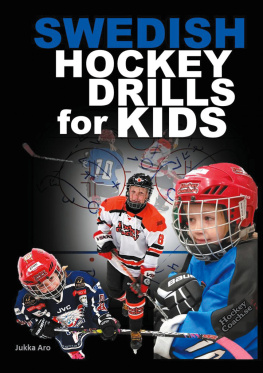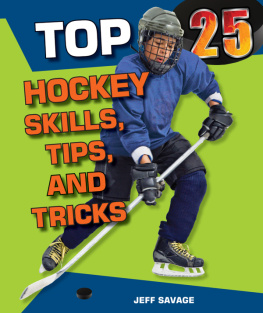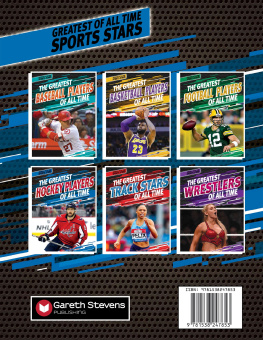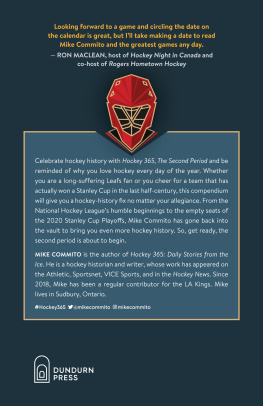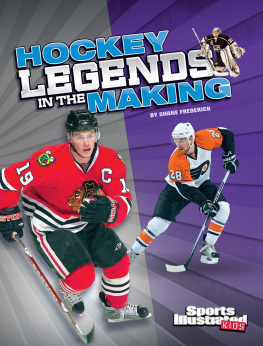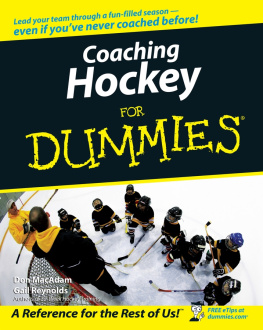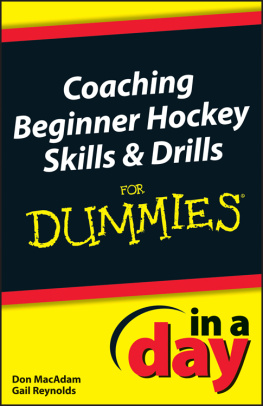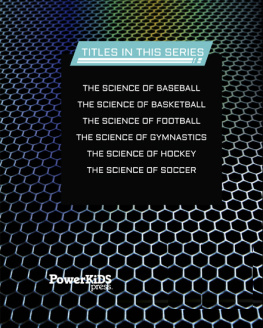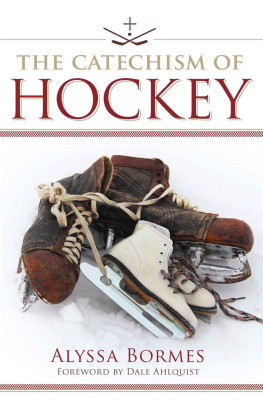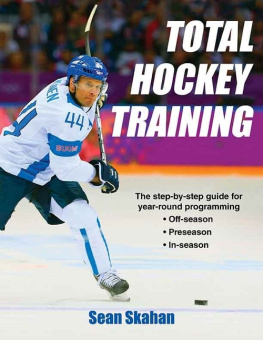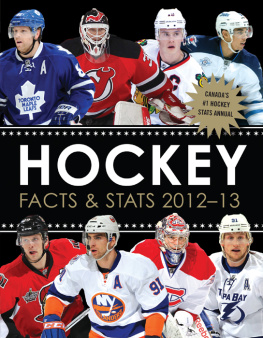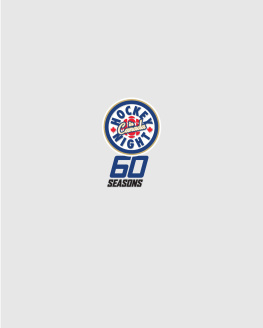2021 Jukka Aro
Frlag: BoD Books on Demand, Stockholm, Sverige
Produktion: BoD Books on Demand GmbH, Norderstedt, Tyskland
ISBN: 978-91-8027-618-4
Content
Introduction
Introduction
Hi, I'm Jukka Aro, the creator of the book, the creator is perhaps a better description than the author, because the book may have more practice descriptions and drawings than text.
I live in Sweden and have lived here most of my life, but my roots are in Finland.
In addition to playing hockey, I started my coaching career at the age of 15, now 30 years later I can say that I have coached from hockey school (5-6 years old) to men teams, regional teams, Select teams, worked as a skill coach, coached a school hockey profile (7-9 grade and high school).
I have the highest coaching level in the Swedish Hockey Association (Hockey Association coach) and I have also studied at a higher level at the Coach Academy, which is no longer tied to a single sport.
The book in your hand is the seventh, but the fifth translation into English (the other books are still in Swedish).
Ive noticed as I work with translations of books that its harder than you might initially imagine.
By this I mean that sometimes hockey terminology may not be perfect or that some expressions, terms and words may differ from what you are used to, however I hope the description of the exercises and their content is as important to you as it has been to me.
Hockey drills are available in large quantities, but usually for the slightly older players or when you have reached a certain level of competence, but how do the younger hockey players get off to a good start in their "hockey careers"?
In this category of "Hockey exercises for the younger players" or hockey exercises for children, there are not as many suggestions for simple basic, yet developing hockey exercises.
To put an exact age at which the hockey exercises in the book are suitable for, more precisely than, for the younger ones or for children, is not possible because it is related to the level of competence.
What you can say is that of course the hockey exercises in the book are suitable for the youngest, that is, 5-6 years and up, provided that you can move forward on the skates, but many 1013-year old would benefit of training and would need to train on these skills, in order to develop properly as hockey players.
All hockey exercises are drawn in station format, to get as many active as possible and get as many repetitions as possible on the skills that are trained.
You will find a combination of hockey exercises to be able to have between 3 and 8 stations on the ice, sometimes the exercise is drawn on a slightly larger surface or smaller surface, which you easily shrink down or scale up in size, depending on how many stations you plan to use on your training.
Although we are talking about the younger hockey players, match-like elements are built into many of the hockey exercises in a basic format.
There are also many simpler competitive moments in the drills because it is in the end, about, competing out on the ice, first to the puck, as the first basic element.
Two other important elements covered by the hockey exercises in the book are the first steps towards interaction and collaboration with their fellow players in the form of movement and passes and of course what we strive for with each attack, to shoot to score!
There is also a clear connection to the next level of hockey drills in a slightly more advanced format, which you will find in books and eBooks on Hockeycoach.se.
Take advantage of the entire ice and activate the players
As I mentioned earlier, the hockey drills are drawn in station format and depending on the group size, I highly recommend that you divide the ice into several parts, stations.
Above are some examples of how to divide the ice into up to 8 stations (3-8 stations), to run hockey drills on and train your hockey players effectively.
Smaller groups provide, in addition to increased amount of activity and repetition, better opportunity for you as a leader to see all players and give the right instructions and feedback to the player, for a "boost" in the development of the young hockey player.
A player who is seen and gets feedback, gets energy, develops and thinks that hockey is fun, hockey is my thing!
Using and customizing hockey drills
You can use all the drills with different "difficulty levels" by running them:
- Without stick forward
- With stick, but without puck forward
- With stick and puck forward
- Without stick backwards
- With stick, but without puck backwards
- With stick and puck backwards
Some of the drills are not drawn with a finish on goal, but it is easy to add, so you end the practice with a shot if you would like it, even shots in a small goal are fun for the youngest.
The skating technique drills are drawn from the short line towards blue but can of course be run in all directions and places on the rink.
As I wrote, you can expand or shrink the surface of the exercise. Less space equals, more activity and more match-like!
Many of the descriptions also provide information about why the exercise is important, how you can change it, or what the next step could be, search for it in the practice descriptions.
Training equipment on ice
Feel free to use different tools and equipment in training, which of course play a role in the exercise. Broken hockey sticks are usually easy to find in ice rinks, perfect to jump, make a long move at, skate around, protect the puck (keep the puck far away at the hockey stick), run a long move to the side, fake in front etc.
Two pucks under the shaft at each end, provides the opportunity to make a draw under or forces a higher more challenging jump. All these elements provide an extra challenge and at the same time reduce the time to perform the next step (match-like) without having "real" opponents.
Protect puck at hockey stick shafts (works great higher up in the ages as well)
Skill training of inner and outer edges around and over the hockey stick at a station or while you wait for your turn.
A few hockey stick shafts or cones at the waiting trail almost automatically create a drive to step over the shaft, skate around it or dribble around the cone, perfect extra training, which usually comes spontaneously, a small risk is that the players become so focused on this that they forget to skate when it is their turn again.
A hockey stick shaft can also be at the start of the exercise, which the player "dribbles" as soon as he starts the drill or jumps over and enters the drill focused and with speed.
Let's go!
Drawing explanation
Hockey drills for skating forward and backwards
Hockey drills for skating forward and backwards

